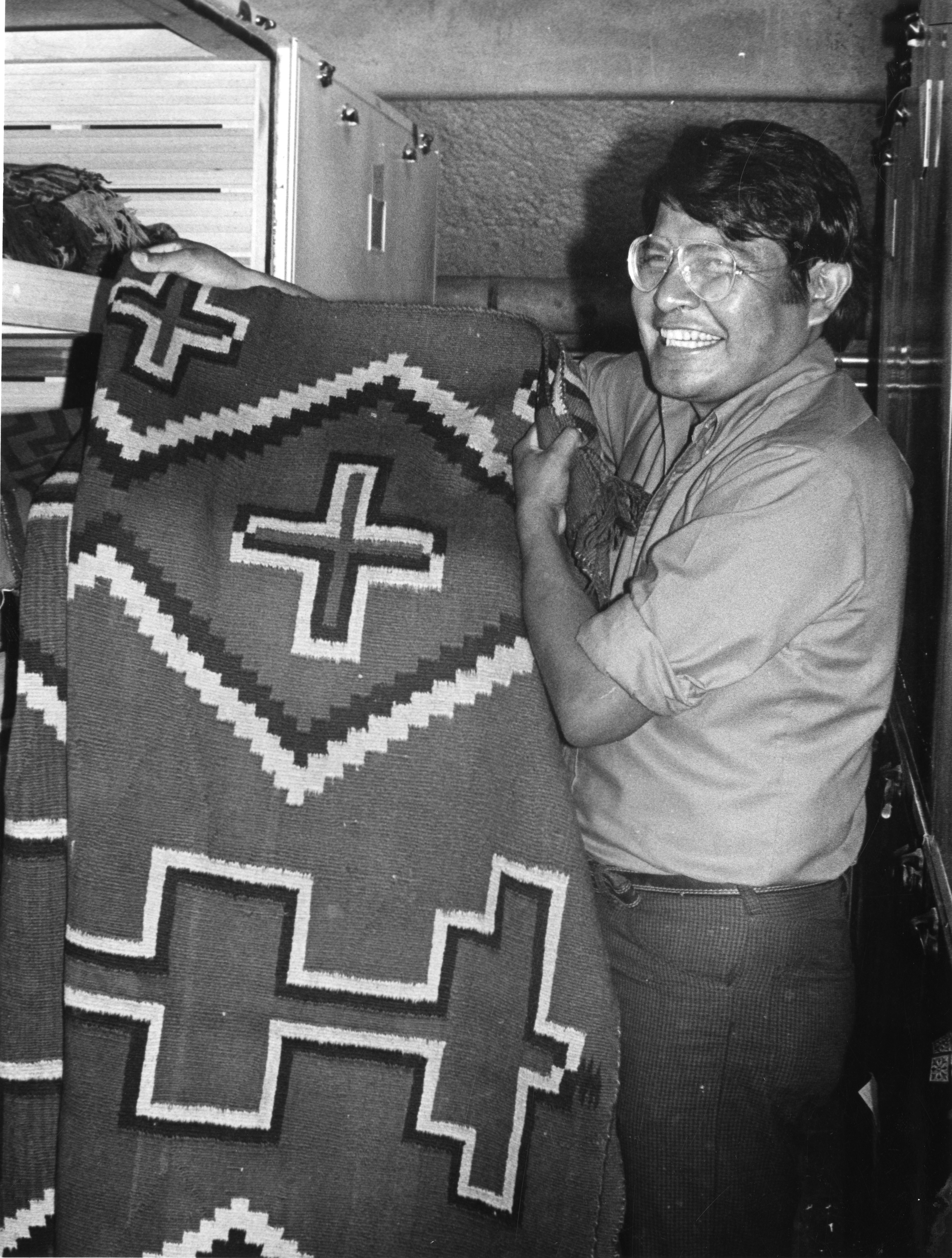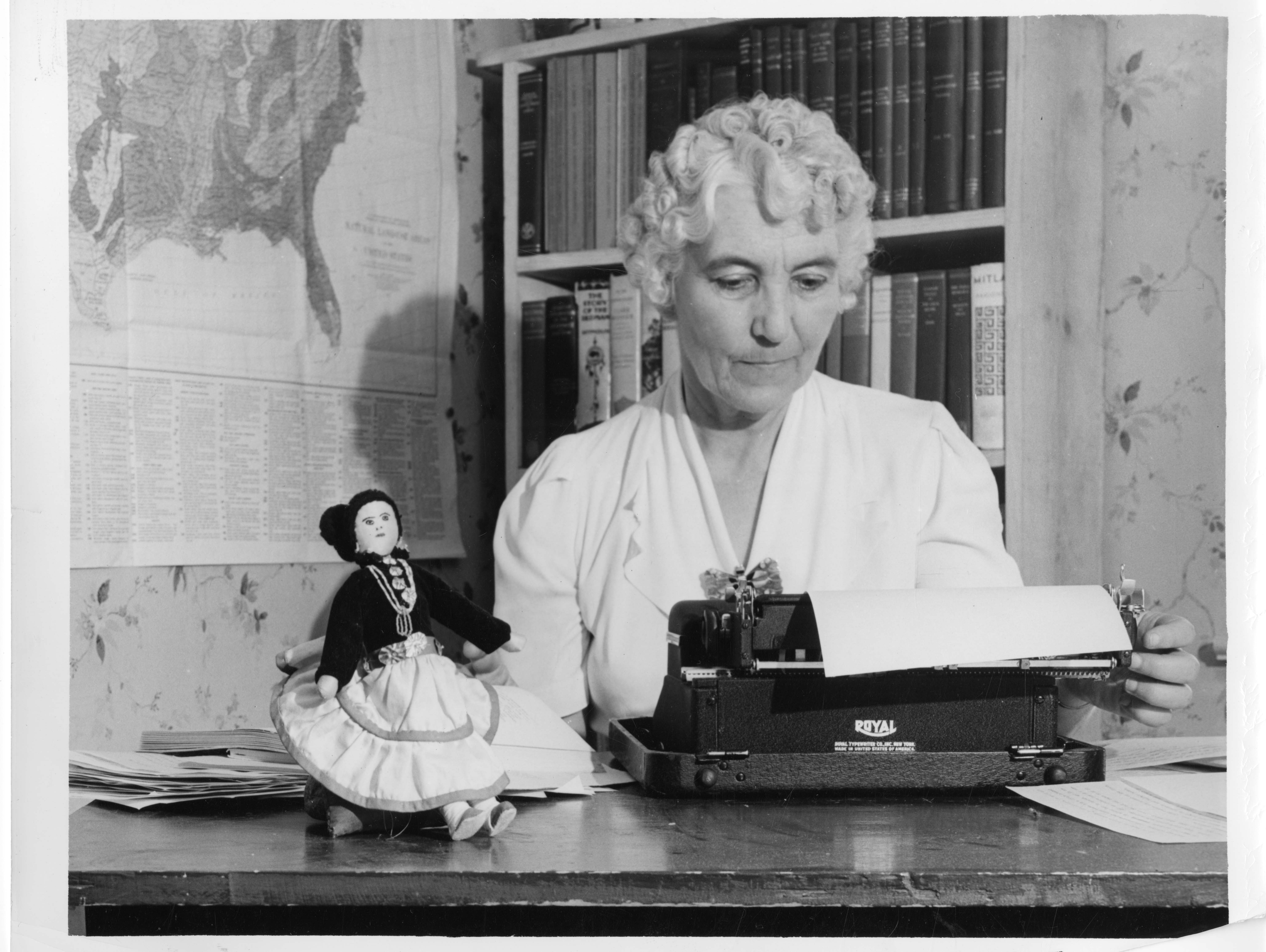Results for "United States. Bureau of Educational and Cultural Affairs"

Operation Reindeer
- Date: December 22, 2010
- Creator: Courtney Bellizzi
- Description: You have probably heard of Dasher, Dancer, Prancer, and Vixen. Even Comet, Cupid, Donder and Blitzen. And I know you have heard of Rudolph. But do you recall the Smithsonian’s National Zoo’s most famous reindeers of all? “Operation Reindeer” was the most publicized event of 1958. Fourteen reindeer and one caribou made their way, sans the open sleigh, to Washington, D.C., for

Mori Arinori: Japanese Statesman
- Date: May 30, 2013
- Creator: Courtney Bellizzi
- Description: In 1872, at the young age of twenty-five, Mori Arinori (1847-1889) traveled to America as the first Charge d’Affaires from the Meiji government. His trip included a visit to the Smithsonian where he established a close relationship with Smithsonian Secretary Joseph Henry.
Scientific Sweethearts: Research Couples in the Archives
- Date: February 11, 2016
- Creator: Hillary Brady
- Description: A look at the life and work of husband and wife Smithsonian scientists researching in the field.

Celebrate Asian Pacific American Heritage Month!
- Date: May 1, 2013
- Creator: Mitch Toda
- Description: May is Asian Pacific American Heritage Month and the Smithsonian Institution Archives presents some images from their collections.
Elisabeth West FitzHugh, a Driving Force in Cultural Heritage Conservation and Scientific Research
- Date: July 6, 2021
- Creator: Dr. Elizabeth Harmon
- Description: Learn about FitzHugh’s over 50-year career in conservation science at the Smithsonian.

Designed for Change: The Experimental Gallery, 1991-1994
- Date: July 5, 2018
- Creator: Mitch Toda
- Description: For a period of time in the early 1990s, the Smithsonian Institution's Arts and Industries Building played host to an experimental exhibition gallery space.

Talk Story: Smithsonian Asian Pacific American Center
- Date: May 18, 2021
- Creator: Mitch Toda
- Description: A look back at the history of the Smithsonian Asian Pacific American Center in honor of Asian Pacific American heritage Month.

Harry Walters - Director of the Diné College Museum, 1973-2008
- Date: July 30, 2020
- Creator: Mitch Toda
- Description: Before becoming the Director of the Diné College Museum in Arizona, Harry Walters spent three months at the Smithsonian learning techniques for the care and handling of artifacts, including their identification, description, conservation, storage, and exhibition.

The Smithsonian International Exchange Service in World War II
- Date: July 16, 2020
- Creator: Jessica Scott
- Description: While responding to a digitization request, I uncovered the story of how the Smithsonian International Exchange Service (1849-1992) helped rebuild the library collections of Chinese cultural heritage institutions during the Second World War.
- Blog Post
Almost here … World Migratory Bird Day 2019!
- Date: May 9, 2019
- Creator: Ricc Ferrante
- Description: While only two years old, World Migratory Bird Day is just one of the latest evolutions in conservation awareness. Related celebrations go back more than twenty-six years and draw on over a century of research.
- Blog Post
Museum Computer Network and the Smithsonian Institution: The Vision
- Date: April 13, 2017
- Description: In honor of the 50th anniversary of the Museum Computer Network, this first blog explores the early interactions of MCN with the Smithsonian.

Ruth Murray Underhill: Woman of the People
- Date: March 21, 2013
- Creator: Tad Bennicoff
- Description: The life of Ruth Murray Underhill, an Anthropologist, who worked with Native American tribes throughout the Southwest.
